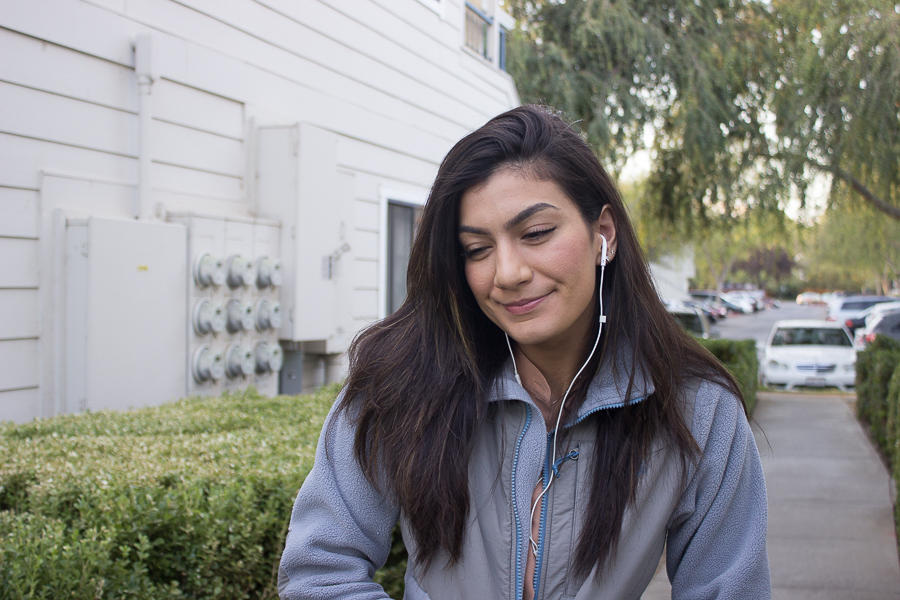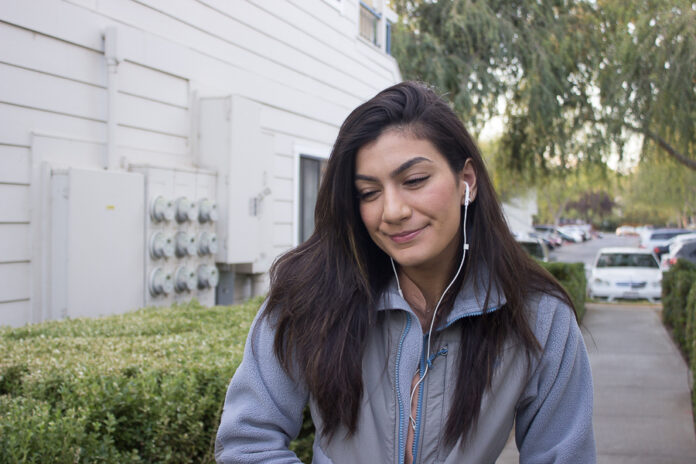
Introverts get the short stick, but misconceptions are slowly eroding
 This is an age of social and identity stratification, and many groups are making their voices heard. Until recently, one such group has mostly avoided the limelight.
This is an age of social and identity stratification, and many groups are making their voices heard. Until recently, one such group has mostly avoided the limelight.
Its members make up between a quarter and a third of the American population, in a country inherently antithetical to their particular genetic code. They’re often found avoiding extra-large groups and overanalyzing last night’s social festivities. They’re introverts, and society has yet to adequately recognize them.
We can thank Susan Cain for attempting to move introversion awareness into mainstream conversation. Her book, Quiet: The Power of Introverts in a World That Can’t Stop Talking, signaled a potential shift in the dialogue about personality traits when it was first published in 2013. A lawyer by trade and a self-described introvert, Cain concocts a blend of narrative and exposition to demonstrate how introverts are perceived in the blatantly extroverted United States. For the introverts among us, it’s a welcome revelation.
As Cain illustrates, American classrooms are especially conducive to extroverted learning. Desks arranged in “pods” and an emphasis on group activities –– usually in elementary and middle schools, admittedly –– leave out the “oddball” kiddos who can’t function as well in such social learning environments.
Even in high school and college classrooms, biases toward extroversion can provide interesting case studies for personality differences. Class discussions in the United States tend to focus on answering quickly and smoothly, rather than allowing for introspection and a dutiful thinking period before the big question-answer session. This tends to favor the extrovert with a quick, clever answer (on the surface) as opposed to the more analytical tendencies of the classroom introverts. Both methods can be useful, but one often supersedes the other.
American business models piggyback off this classroom-based approach. Corporate meetings are often the extrovert’s domain, with an emphasis placed on articulating ideas and voicing opinions or strategies that can leave the more soft-spoken of us out of the picture.
This is not to say such classroom or business models are wrong or unnecessary. To the contrary, speaking up is vitally important in all facets of life. Yet there are misconceptions regarding introversion that are facilitated by these normative models of sociability — which is why Cain’s work could prove (and perhaps has already proven) monumental.
For example, the word “shy” is not synonymous with “introverted,” although some introverts indeed fall under this designation. The socially awkward guy at the dinner party could indeed be an introvert, but most introverts have normal-to-excellent social skills, despite the stereotypes. What distinguishes an introvert from an extrovert, then, is not the adequacy of social fluidity and conversation, but rather the amount each is willing to experience at a given time.
The typical introvert also requires more time alone to “recharge” than the typical extrovert, and it’s unfortunate that this byproduct of our unique personalities is often portrayed as anti-social behavior.
Since there are probably over a hundred million introverts in the United States alone, it’s important to recognize the implications of our most basic of personality traits. Susan Cain writes that introverts “listen more than they talk, think before they speak, and often feel as if they express themselves better in writing than in conversation.”
Perhaps that’s why many newspaper staffs are chock-full of introverts. And perhaps that’s why, if you’re an introvert looking for a place with similarly disposed people, this particular newspaper fits the bill. I hear we’re hiring.
Written by: Nick Irvin –– ntirvin@ucdavis.edu
Disclaimer: The views and opinions expressed by individual columnists belong to the columnists alone and do not necessarily indicate the views and opinions held by The California Aggie.




